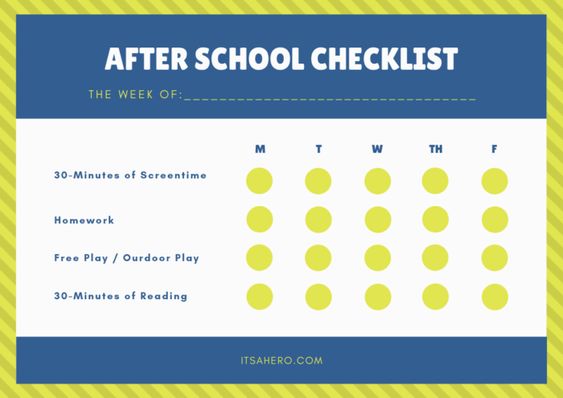Have you ever found yourself at a loss about how to manage the chaotic hours after school ends and before bedtime begins? I’ve been there. The afternoons used to be a blur of snacks, homework complaints, and the constant battle to limit screen time, leaving both me and my kids frazzled by dinner. That’s when I realized the power of a structured after school schedule for kids.
Math & ELA | PreK To Grade 5
Kids see fun.
You see real learning outcomes.
Watch your kids fall in love with math & reading through our scientifically designed curriculum.
Parents, try for free Teachers, use for free
Introducing a simple, yet effective after school routine didn’t just transform our evenings. By sharing my journey and the strategies that worked for me, I hope to help you turn your post-school hours from a time of chaos to a period of productive calm. Let’s dive in.
Why Do Kids Need an After School Schedule
When I first started thinking about establishing an after school schedule for my own children, I was a bit skeptical. Could a few changes in how we approach those few hours really make a difference? The answer, I found, was a resounding yes. Here are some key reasons, based on my own experience and a bit of trial and error:
1. Predictability brings security: Kids thrive on knowing what comes next. When we introduced an after school checklist into our daily routine, I noticed my kids felt more secure and less anxious. This checklist provided a clear outline of activities from snack time to homework, and playtime, making transitions smoother.
2. Balanced time management: Before we had a schedule, it felt like we were constantly running out of time for homework, not to mention any fun activities. The schedule helped us allocate time wisely, ensuring there was enough room for both responsibilities and relaxation.
3. Reduces overwhelm: My kids, like many others, would come home exhausted and overwhelmed from their day. Having a structured after-school schedule meant they didn’t have to make decisions about what to do next; they could just flow from one activity to another, which significantly reduced their stress levels.
4. Promotes independence: As my kids got used to our after-school routine, I noticed they started taking initiative on their own tasks, like starting their homework without being asked or preparing their snack. This was a big step towards fostering their independence.
5. Enhances family time: With everyone knowing what to expect and when, we found ourselves arguing less about what to do and spending more quality time together. The schedule cleared up misunderstandings and set aside dedicated time for family activities.
6. Improves sleep habits: A consistent routine leading up to bedtime helped signal to my kids that it was time to wind down, making bedtime less of a battle. We included quiet activities towards the end of our checklist to help them relax and get ready for sleep.
Simple After-School Routine for Kids
Navigating the after-school hours can be a challenge, but with a little structure, we can turn it into the most enjoyable part of our day. Here’s how we tackle what to do after school, broken down into a manageable after-school to-do list:
1. Snack and Downtime

After a long day of learning and socializing, the first thing on our after-school to-do list is always a snack and some downtime. This isn’t just about refueling their bodies, but also about giving their minds a chance to relax and decompress. We usually opt for healthy snacks that can keep the energy levels up without causing a sugar crash.
During downtime, I encourage activities that they find relaxing, whether it’s reading, drawing, or simply lounging for a bit. This break is crucial for transitioning from the structured school day to the freedom and flexibility of home.
Related Reading: Fun Cooking Activities for Preschoolers
2. Homework Time

Once they’ve had a chance to unwind and snack, we move on to homework. It’s important to establish a distraction-free environment where they can focus. For us, this means a clear table, all the necessary supplies at hand, and no electronic devices unless needed for the homework itself. Setting a specific time for homework helps in making this a non-negotiable part of our routine. By consistently doing homework at the same time, it becomes a habit, reducing complaints and procrastination.
Related Reading: How to Make Homework Fun for Kids
3. Physical Activity
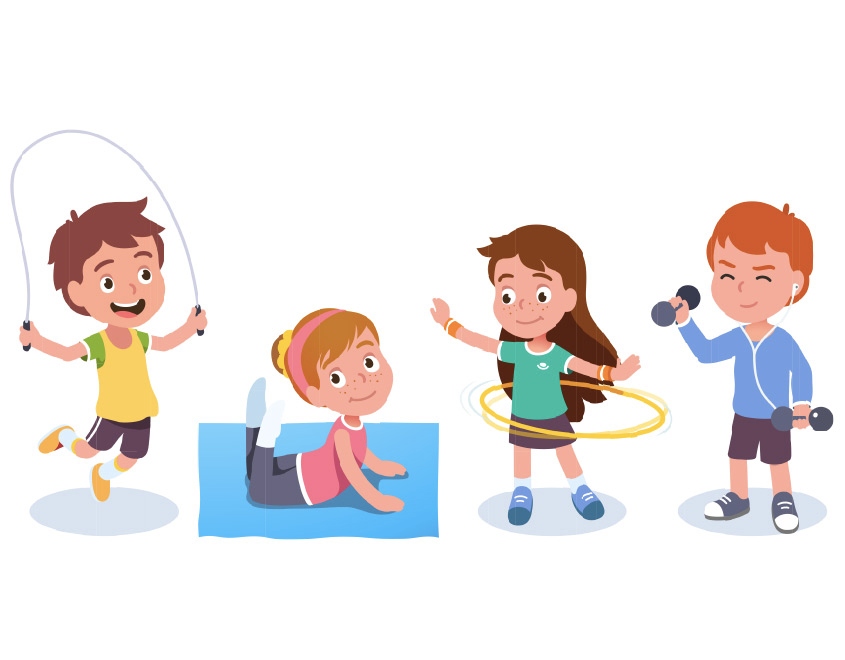
Physical activity is next on our list. It plays a vital role in boosting mood and energy levels, especially after sitting in a classroom all day. We try to vary the activities to keep things fun, from a quick walk around the neighborhood to a bike ride or even just playing tag in the backyard. The goal is to get moving and shake off any remaining school day jitters. This not only helps them physically but also improves concentration for any tasks or homework that’s left to do.
Related Reading: Best Indoor and Outdoor Team Building Activities for Kids
4. Chores and Responsibilities
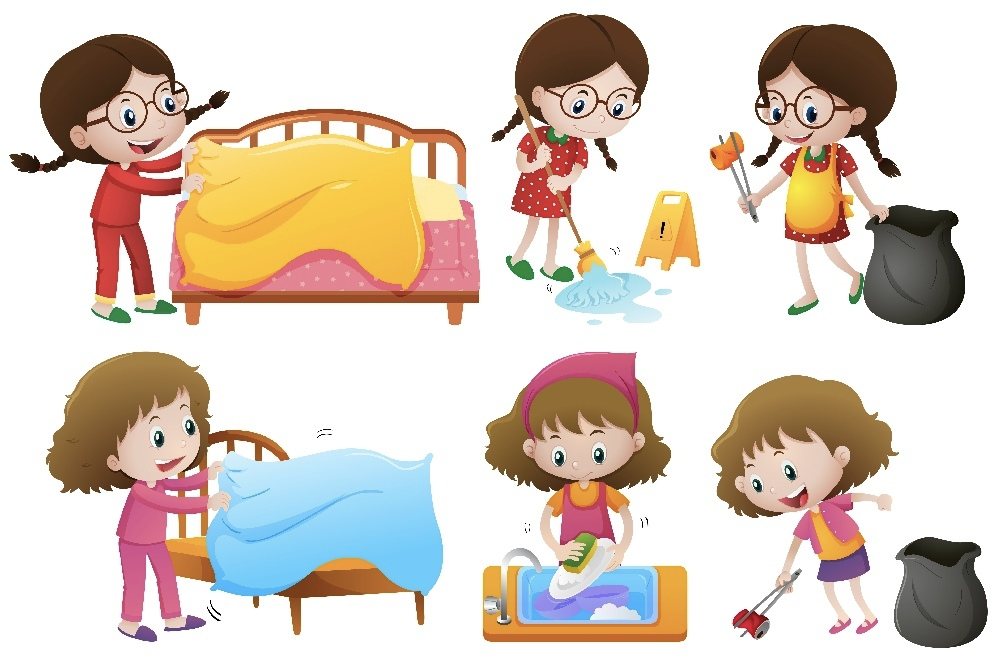
Teaching responsibility is a key part of growing up, and integrating chores into our after-school routine has been a great way to instill this value in my kids. We keep a list of simple, age-appropriate tasks that they can choose from.
This not only helps in sharing the household workload but also in making them feel like an important part of the family team. Whether it’s helping to set the table, watering the plants, or tidying up their rooms, these responsibilities give them a sense of accomplishment and readiness to enjoy their free time.
5. Free Time and Play
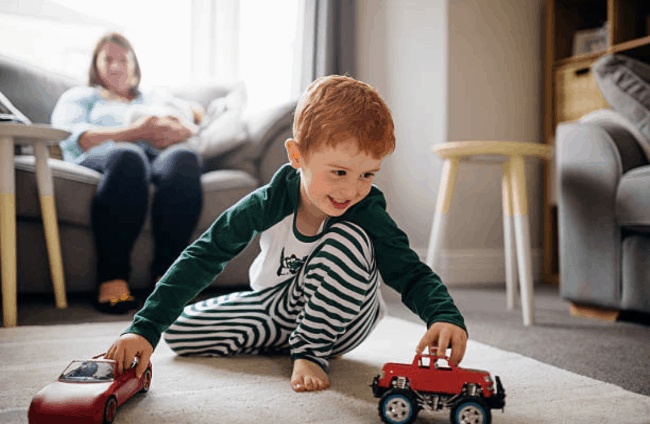
After chores, it’s crucial to balance the scales with free time and play. This is where kids get to follow their interests, be it through unstructured play or pursuing hobbies. It’s one of the best ideas for after-school activities, as it allows them to explore their creativity and passions without a set agenda.
Whether they’re building a fort, drawing, playing with toys, or kicking a ball outside, this time is essential for their development and happiness. It’s a chance for them to unwind in their own way before we regroup as a family for dinner.
6. Screen Time
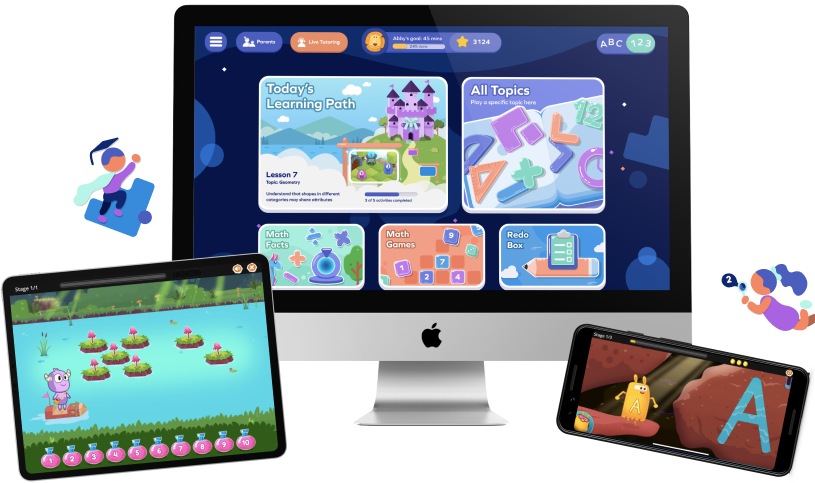
In today’s digital age, it has become nearly inevitable to keep our kids entirely screen-free. Screens are everywhere, serving various purposes from education to entertainment. The challenge isn’t in eliminating screen time but in managing it wisely to ensure it adds value to our kids’ lives rather than detracting from it.
SplashLearn has been a game-changer for us.
- It turns screen time into an interactive learning experience that’s both productive and enjoyable.
- The platform is designed with kids in mind. It offers a wide range of ELA and math practice games, along with other essential resources.
- What sets SplashLearn apart is its ability to adapt to each child’s learning pace, providing challenges that are just right for their level. This personalized approach keeps learning engaging and effective, ensuring that screen time is not just another hour spent passively watching videos or playing games with little educational value.
The benefits of incorporating SplashLearn into our screen time routine have been significant. Not only do my kids view learning as fun and exciting, but I’ve also noticed improvements in their academic skills. The interactive nature of the platform encourages critical thinking and problem-solving, skills that are invaluable both in and out of the classroom.
7. Dinner and Family Time
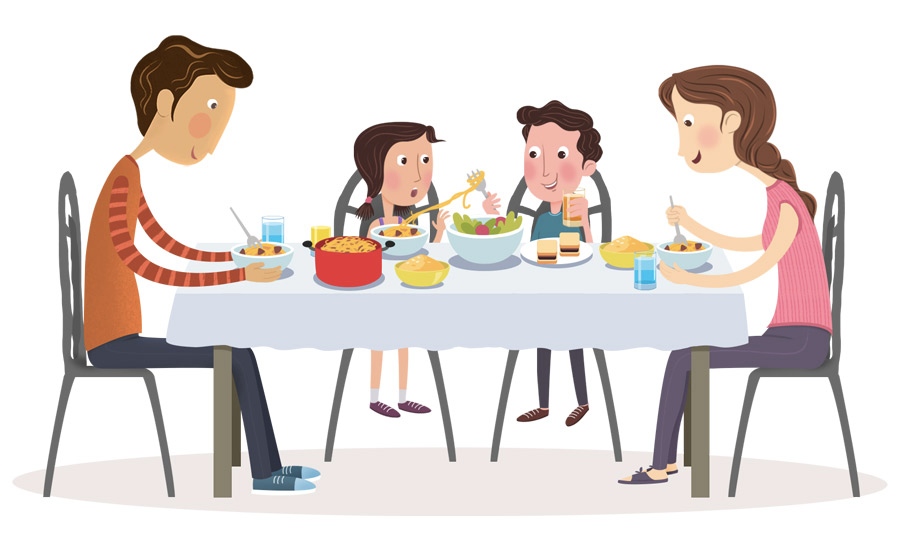
Dinner time is more than just eating; it’s an opportunity for the whole family to come together and share their day’s experiences. We make it a point to sit down without any distractions (yes, that means no screens at the table) and engage in meaningful conversations.
This practice not only strengthens our family bond but also encourages healthy eating habits. Sharing stories, laughs, and sometimes even the challenges of the day, we ensure that everyone feels heard and valued. This time is sacred in our routine, providing a sense of belonging and unity.
8. Preparation for the Next Day
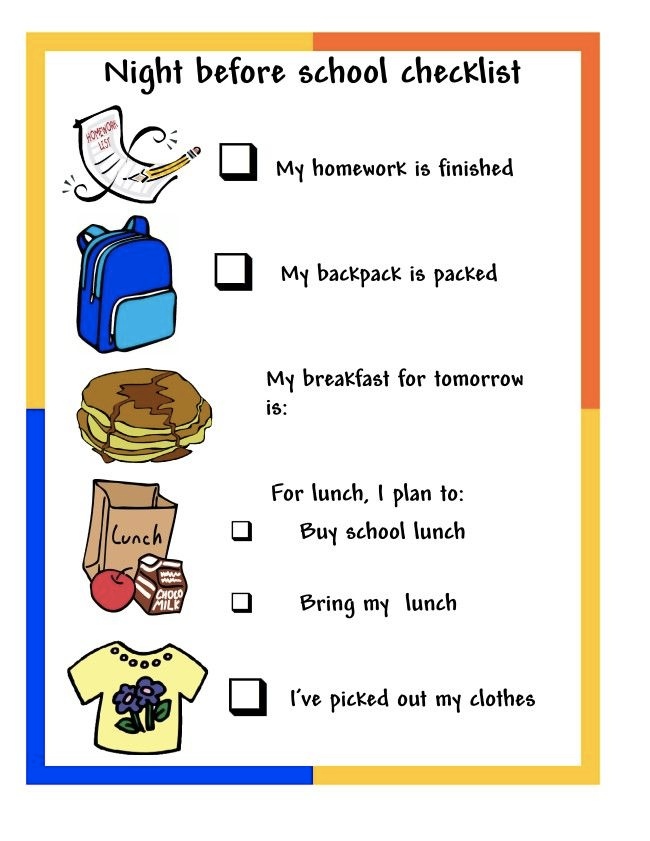
To ease into the morning without any rush or stress, we’ve made it a habit to prepare for the next day as part of our evening routine. This means packing school bags, checking that homework is done and tucked away, and laying out clothes for the next day.
My kids have learned to make this part of their nightly routine, and it’s amazing how much smoother our mornings are because of it. This simple step helps eliminate the frantic search for lost items or decisions about what to wear, making our mornings more peaceful and giving us a bit more precious time together.
9. Bedtime Routine

A calming bedtime routine is the perfect end to our day. It signals to my kids that it’s time to wind down and prepare for sleep. We keep it simple but meaningful, involving activities like reading a book together, talking about what we’re grateful for, and sometimes gentle stretches or a warm bath.
This routine not only helps them relax but also fosters a sense of security and well-being. Ensuring they get adequate rest is crucial for their health, mood, and performance at school. By sticking to a consistent bedtime, my kids wake up refreshed and ready for the day ahead.
Related Reading: Best Bedtime Stories for Kids of Every Age Group
How to Craft Your Own After School Schedule
Creating an after-school schedule tailored to your family’s unique dynamics doesn’t have to be complicated. Follow these steps to design a routine that works for everyone:
1. Assess your family’s needs: Take some time to think about what’s most important for your family during the after-school hours. Consider factors like homework load, extracurricular activities, meal times, and downtime preferences.
2. Set priorities: Determine which activities are non-negotiable and which ones can be more flexible. For example, homework time might be a priority, but the specific order of other activities could be adjusted based on your family’s preferences.
3. Allocate time blocks: Divide the after-school hours into manageable time blocks based on your priorities. Consider factors like how long homework typically takes, how much time is needed for meals, and how much free time your child needs to relax and recharge.
4. Be flexible: While structure is important, it’s also essential to remain flexible. Be prepared to adjust your schedule as needed based on unexpected events, changes in your child’s needs, or new priorities that emerge over time.
5. Involve your child: Get input from your child when creating the schedule. Ask them about their preferences, interests, and any concerns they have about the after-school routine. Giving them a voice in the process can increase their buy-in and make them more likely to stick to the schedule.
6. Start simple: Don’t feel like you have to cram every possible activity into the after-school hours. Start with a basic schedule that covers the essentials and leave room for spontaneity and adjustment as needed.
7. Monitor and adjust: Once you’ve implemented your after-school schedule, pay attention to how well it’s working for your family. If certain activities aren’t working or if the timing feels off, don’t hesitate to make adjustments until you find a routine that works.
8. Be consistent: Consistency is key to the success of any schedule. Try to stick to your after-school routine as much as possible, but also be willing to make exceptions when necessary.
Conclusion
Establishing a simple after-school routine can transform chaotic evenings into structured, peaceful times that both kids and parents look forward to. By incorporating ideas for after school activities and using an after school routine chart, we can guide our children through their post-school hours in a way that’s productive, restful, and enjoyable for everyone involved. Remember, the goal is to create a balance that works best for your family’s unique needs and lifestyle.
Related reading: How to Prepare Kids for the First Day of School
Frequently Asked Questions (FAQs)
How do you organize your time after school?
To organize time after school, use an after-school routine chart to outline specific activities like homework, chores, and playtime. This helps ensure a balanced mix of productivity, rest, and fun.
How many hours should you rest after school?
Kids should have some downtime immediately after school, about 30 minutes to an hour, to decompress. The total rest, including sleep, depends on their age and activities but ensure they get adequate sleep at night according to health guidelines.
What is a good routine for an 11-year-old?
A good routine for an 11-year-old includes a balance of homework time, physical activity, chores, free time for hobbies or play, and a consistent bedtime. Incorporating ideas for after-school activities can keep them engaged and help develop new skills.

















